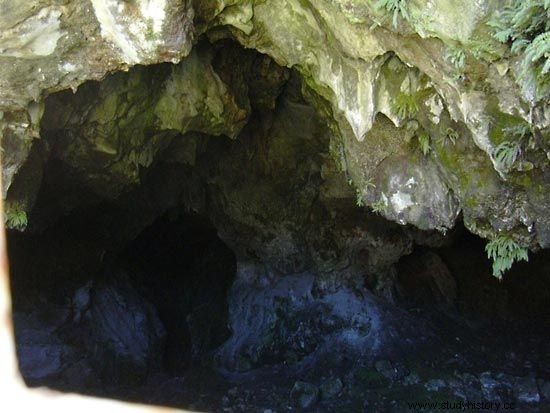Atapuerca , location of several limestone caves near Burgos in Northern Spain , known for the abundant human (genus Homo ), discovered there from 1976 Sima del Elefante ("Elephant's Pit") contains the earliest evidence of humans in western Europe - fragments of a jawbone and of Teeth date from 1.1 to 1.2 million years ago. The near side of Gran Dolina contains human remains from around 800,000 years ago and some of the earliest tools found in Western Europe .

Paleoanthropologists who first described the fossils assigned them to a new species, H. antecessor they due to certain distinctly modern facial features as ancestors of modern humans ( H. sapiens ) suggest . However, other researchers are reluctant to accept this claim and to group the fossils with similar remains classified as H. heidelbergensis .
One of the most amazing discoveries at Atapuerca is a cavity names Sima de los Huesos ("pit of bones") where more than 1,600 human fossils have been found, including several almost complete skull. The age of this material is at least 300,000 years and may be up to 600,000 years. Brain sizes are in the range of Neanderthals ( H. neanderthalensis ) as well as by modern humans. The skeletons possess several features unique to Neanderthals, including a prominent midface, long and narrow pubic bones, and thick finger bones. Unlike later Neanderthals, however, they do not fully express the characteristic Neanderthal shape. The site also contained a 430,000-year-old fractured skull, which is the earliest evidence of interpersonal violence in Homo is .
Atapuerca became UNESCO declared World Heritage Site in the year 2000.
